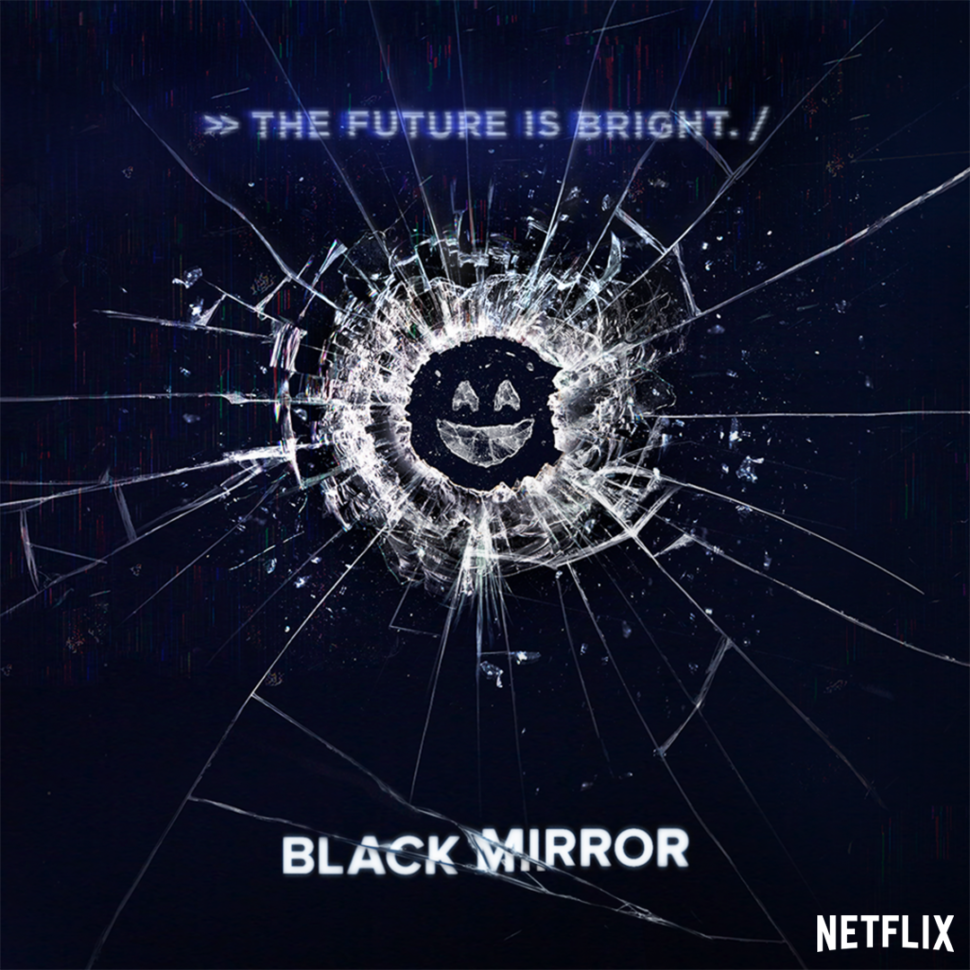An episode of the show Black Mirror gives us a glimpse of what a con-artist can achieve with the right information, but how much of that is a true reflection of reality? The answer may scare you, but knowing about it might help you save your personal information from being leaked.
How Black Mirror is Reflecting Reality
In an episode of the show Black Mirror, a teenager who is attempting to remove malware from his computer accidentally installs ransomware, and his computer is hacked. By capturing video footage of the teenager in compromising positions, the hacker uses the video as leverage to make the teen commit unthinkable crimes. To make matters worse, the hacker is clearly doing the same to others.
The various victims are used as puppets. The number of things the hacker elicits from them forces you to consider how vulnerable personal information makes you in the digital age.
The situation in the show is extreme, but not altogether impossible. The purpose of ransomware is to find incriminating evidence within a victim’s computer or phone. The victim pays ransom for themselves if the hacker can find enough sensitive information.
Any tool can be misused, and computer technology is no exception. With the current concerns over Big Data and its impact on internet privacy rights and mass, people have a right to be concerned. Most put pictures of their children, pets, homes, and even their best friends on social media. These pictures are included with information about age, occupation, and hometown. That’s enough inside information for a con-artist to make you feel completely violated.
And if that information is so valuable, then the age of social media is making hackers change how they are getting their illicit information. According to cybersecurity researchers at Proofpoint, a new form of ransomware called ‘Ransoc‘ is designed to interact with social media such as Skype, LinkedIn, and Facebook, and it targets both Internet Explorer and Safari.
a new form of ransomware called 'Ransoc' is designed to interact with social mediaClick To TweetKeeping an eye out for Ransoc Ransomware
Ransoc analyzes a person’s computer files and social media to find data that can leverage extortion of victims. Unlike other known ransomware programs, this one doesn’t encrypt a person’s files. This is risky for a hacker and requires a little bit of intimidation to garner a quick payout.
Most cybercriminals demand bitcoin. Proofpoint found that Ransoc hackers demanded payment with a credit card. This may sound strange, considering the relative anonymity of bitcoin as compared to a credit card purchase, but the scammers have a trick up their sleeve.
“Proofpoint found that Ransoc hackers demanded payment with a credit card.”
To get the victim to pay, the ransom note usually says that the money will be sent back if they are not caught again within 180 days. Of course, the repayment never happens.
For those of you who think you may be infected with ransomware, make sure you reboot in Safe Mode to remove the malware.; Ransoc uses a registry autorun key, which booting in safe mode will preclude.



















Hello guys I wan to say this to whom it may concern. Investing in crypto was my husband ideal. I trade with sim ceypto platform not knowing they where sc!m and this made me lose almost all I had. Am only happy because I found help after reporting to Mrs Lisa Eric and she helped me recover all I lost to these fake crypto platform. My advice is that everyone need to be careful of the platform you deal with. If you have falling victim of these fake platform do not hesitate to file a complaint to Lisa via he mail ( Lisa.Eric @ proton.me ) she helped me and I believe she can help you too. Stay safe guys. You can visit WhatsApp +84 94 767 1524.